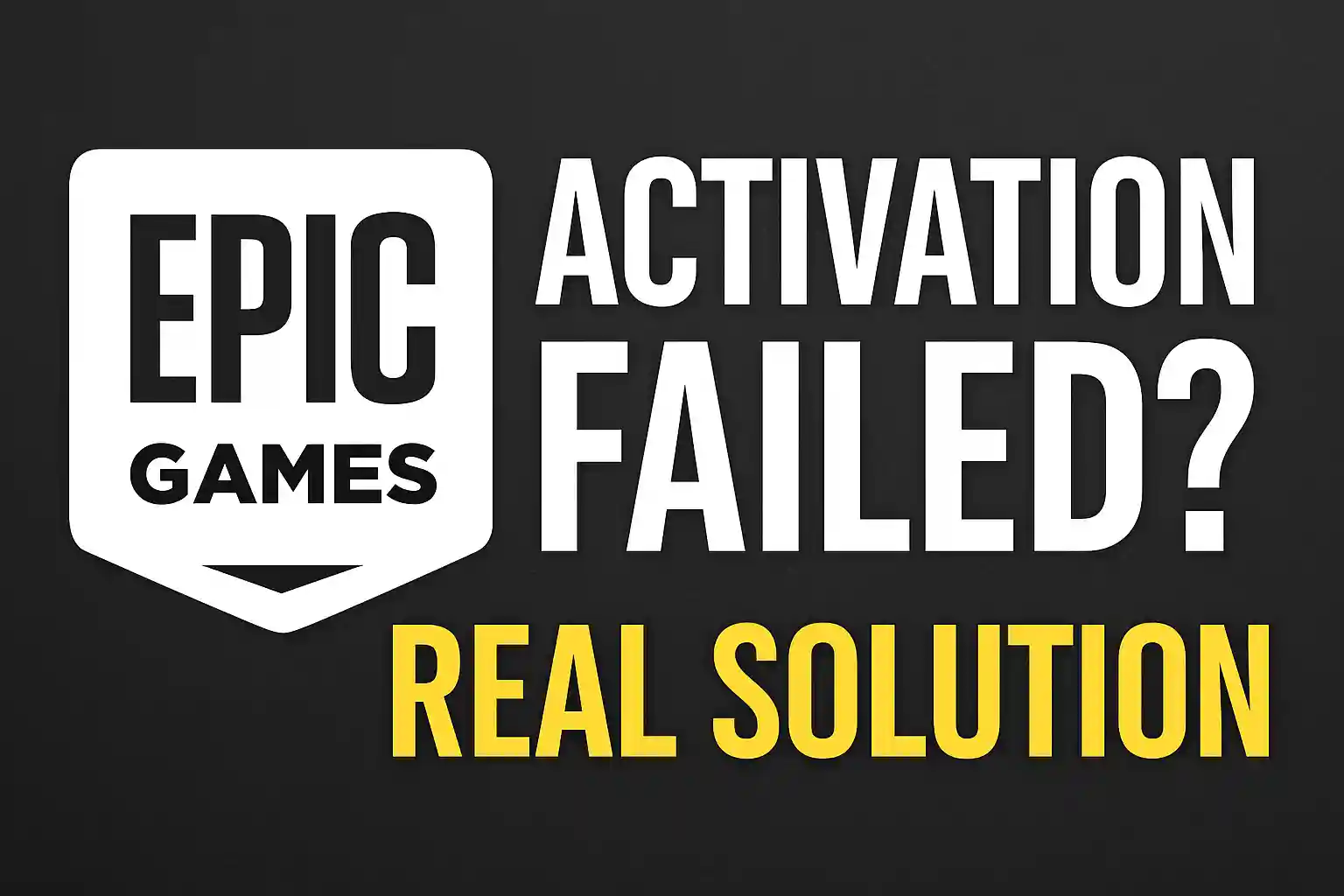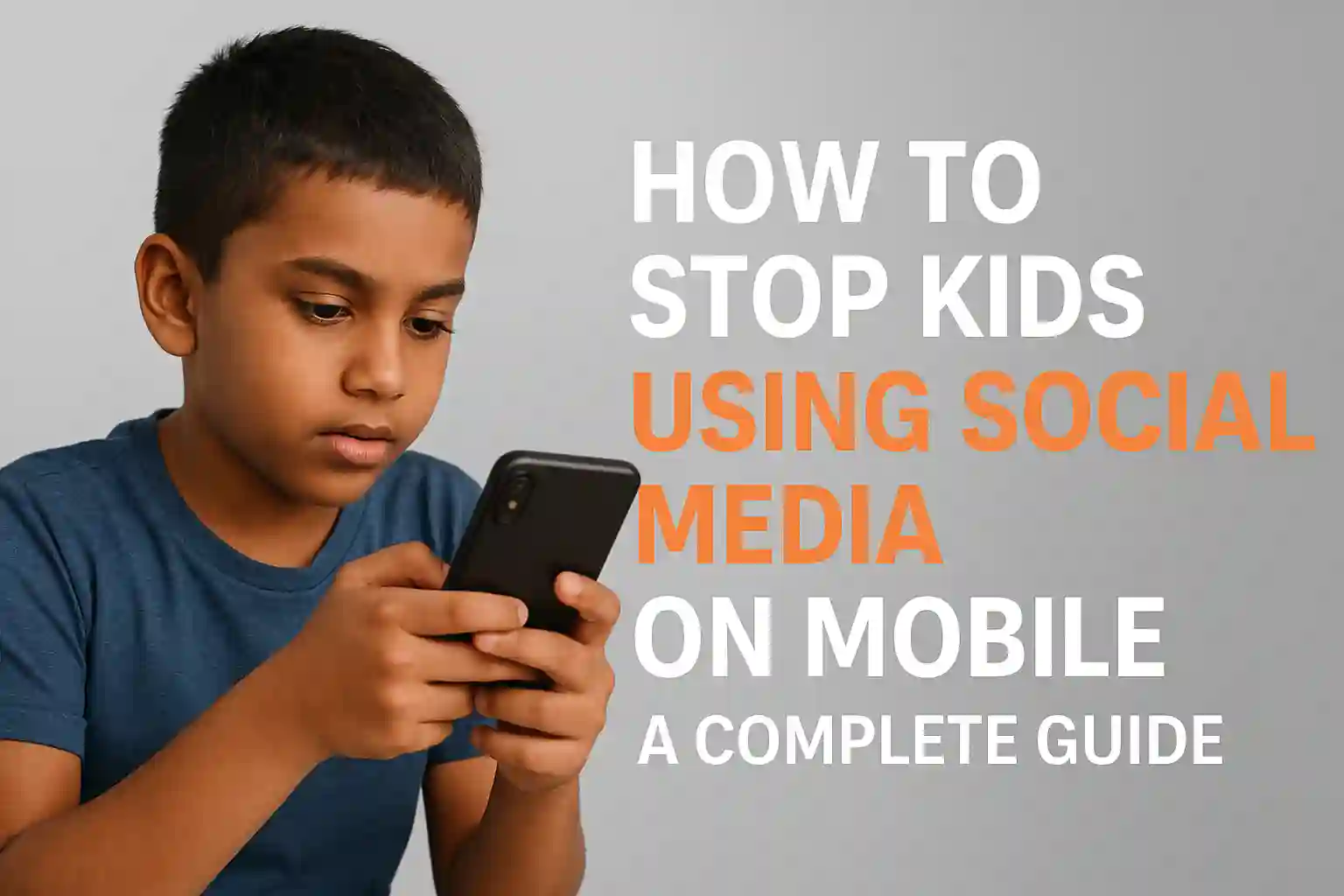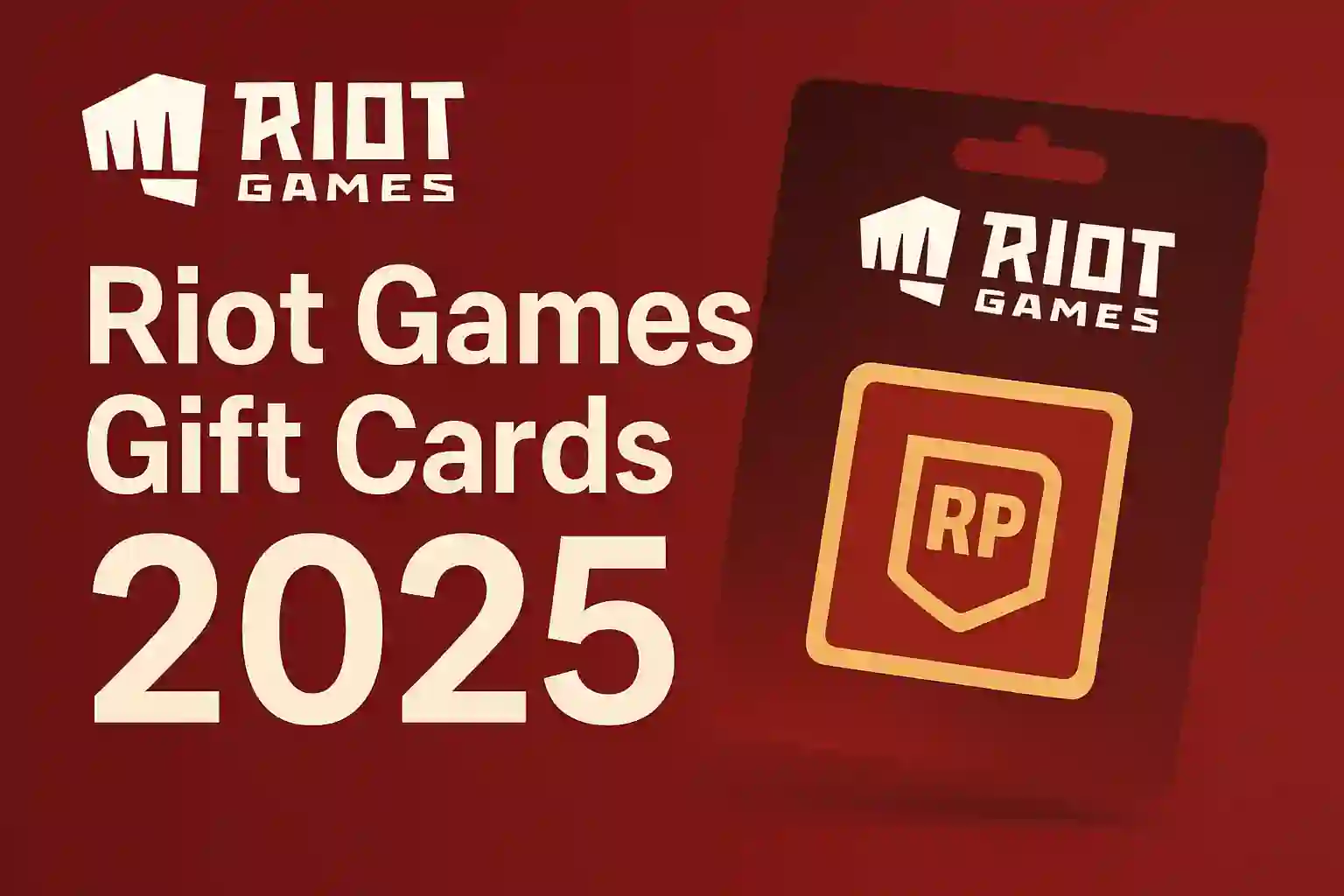How to Create AI-Generated Images: Complete Guide 2025
The world of visual content is changing fast, thanks to artificial intelligence. Now, making high-quality images with AI is easier. This opens new doors for artists, designers, and marketers.

Table of Contents
ToggleAI image generation is making creating stunning visuals more efficient and creative. This guide will show you the latest in AI image making. You’ll learn how to make amazing images.
Key Takeaways
- Understanding the basics of AI-generated images and their applications
- Exploring the latest AI image generation techniques and tools
- Learning how to leverage artificial intelligence in image creation
- Discovering the potential of AI-generated images in various industries
- Navigating the future of visual content creation with AI
Understanding AI Image Generation Technology
AI image generation technology is key for using it in many ways. It has changed how we make and use pictures and videos.
What Is AI Image Generation?
AI image generation uses artificial intelligence to make pictures. It learns from lots of pictures to make new ones.
Key aspects of AI image generation include:
- Training data: The quality and diversity of the training data significantly impact the generated images.
- Algorithmic approach: Different algorithms, such as GANs and diffusion models, offer unique capabilities and results.
- Customization: Users can often adjust parameters to influence the output of the AI image generation process.
The Evolution of AI Art Creation
AI art has grown fast and changed a lot. It started with simple neural networks and now has advanced models.
How Neural Networks Generate Images
Neural networks are the core of AI image making. They try to be like the human brain in recognizing patterns and learning.
The process involves:
- Learning from data: Neural networks are trained on large datasets of images.
- Pattern recognition: The networks identify patterns and features within the data.
- Image generation: Based on the learned patterns, the AI can generate new images.
Knowing how neural networks make images helps us see what AI can do and what it can’t.
READ ALSO – 7 Best Hidden AI Email Assistant Tools You Need to Try
The Science Behind AI-Generated Images
AI-generated images come from complex math models. These models have changed digital art. Now, we can make images that look real, just like humans do.
Generative Adversarial Networks (GANs)
Generative Adversarial Networks (GANs) are key in AI image making. They have two parts: a generator and a discriminator. The generator makes images, and the discriminator checks if they’re real.
They learn from each other. The generator gets better at making real images. The discriminator gets better at spotting fake ones.
Diffusion Models Explained
Diffusion models are another AI tool for making images. They start with random noise and make it into a real image. This happens through a learned process that refines the noise step by step.
These models are popular because they make high-quality images. You can also control what the images look like.
Transformer-Based Image Generation
Transformer models were first for text. Now, they’re used for images too. They use self-attention to understand images better.
This makes them very flexible. They can create many different types of images.
Popular AI Image Generation Models in 2025
In 2025, the top AI image models are changing digital art. They are better and easier for creators all over the world to use.
DALL-E3 Capabilities and Features
DALL-E3 has changed the game by making images from text. It understands language well, making its images very detailed.
Midjourney Version Updates
Midjourney got better in 2025, making artistic and coherent images. Its interface is now easier to use, loved by digital artists.
Stable Diffusion Advancements
Stable Diffusion is still a top choice, known for being flexible and open-source. It’s now making images faster and better.
Emerging Models to Watch
New models like Emu and Ideogram are making waves. They bring new ideas to AI image making.
| Model | Key Features | Notable Updates |
|---|---|---|
| DALL-E3 | High realism, precise language understanding | Improved text-to-image accuracy |
| Midjourney | Artistic coherence, intuitive UI | Enhanced image quality, new styles |
| Stable Diffusion | Flexibility, open-source | Faster generation, better image quality |
READ ALSO – I Tested Gemini ChatGPT and Copilot Pro – Here’s the Best AI
Essential Tools for AI Image Creation
Artists and designers now have many AI image creation tools. Each tool has special features and abilities. They can be cloud-based, desktop apps, or mobile apps, fitting different needs and ways of working.
Cloud-Based AI Image Generators
Cloud-based AI image generators are easy to use and accessible. You can make AI images in your web browser without needing to know a lot of tech stuff. Some top cloud-based tools are:
- DALL-E 3: Known for its high-quality image generation and easy-to-use interface.
- Midjourney: Offers advanced features and customization options, mainly in Discord.
- Stable Diffusion: A strong cloud service with many model options and customization.
Desktop Applications for AI Art
Desktop applications are for those who like working on their computers. They have more advanced features and control over making images. Some notable desktop apps are:
- Stable Diffusion Web UI: A popular app for Stable Diffusion models with a user-friendly interface.
- AI Image Generator by Prisma: Uses AI to change images into different art styles.
Mobile Apps for On-the-Go Creation
Mobile apps let you make AI images anywhere. They are easy to use and take advantage of mobile devices. Some top mobile apps are:
- Prisma: Turns photos into art using AI.
- Deep Dream Generator: Creates surreal and artistic images.
Free vs. Paid Options
AI image tools come in free and paid versions. Free ones are good for beginners or those watching their budget. Paid versions have more features, better quality, and more customization. Think about what you need and the quality you want for your projects.
Knowing about the different AI image tools helps artists and designers choose the best ones for their work.
How to Create AI-Generated Images: Complete Guide 2025
Creating AI-generated images in 2025 is easier with the right tools and knowledge. AI tech keeps getting better, making it simpler to make high-quality images.
Setting Up Your AI Image Generation Workspace
To begin, you need to set up your workspace. Pick the right hardware and software for your needs. Most tools are online, so a good internet connection is key. If you want to use AI models on your computer, a strong GPU is a good idea.
Key considerations for your workspace setup include:
- Choosing a compatible operating system
- Selecting appropriate hardware (GPU, RAM, storage)
- Installing necessary software or accessing cloud-based platforms
Choosing the Right Platform for Your Needs
There are many AI image generation platforms out there. DALL-E, Midjourney, and Stable Diffusion are popular. Think about image quality, how much you can customize, how easy it is to use, and the cost.
Some key factors to consider when selecting a platform:
| Platform | Image Quality | Customization | Ease of Use |
|---|---|---|---|
| DALL-E | High | Medium | Easy |
| Midjourney | High | High | Medium |
| Stable Diffusion | Medium | High | Hard |
Understanding Model Parameters and Settings
AI image models have many settings that affect the images. Knowing these settings is key to getting what you want. Settings like image size, style, and guidance are important.
Try different settings to see how they change your images. Keeping up with AI image tech is also important. New features and improvements are always coming out.
By following these tips and practicing, you’ll make amazing AI images in 2025.
READ ALSO – Why Is My iPhone Battery Draining So Fast? 15 Real Fixes
Mastering Prompts for AI Image Generation
To make amazing AI images, you must learn to write great prompts. Good prompts are key to getting the images you want. They tell the AI what to create.
Prompt Engineering Fundamentals
Prompt engineering means writing clear, short, and right prompts for images. A good prompt should tell the AI what to draw, how to draw it, and where it is. For example, “a futuristic cityscape at sunset with sleek skyscrapers” tells the AI exactly what to make.
To make prompts better, know what the AI can and can’t do. Each AI model likes different prompts. So, try different ones to see what works best.
Advanced Prompt Techniques
There are ways to make your prompts even better. Using words like “vibrant” and “bold” can make your images more detailed. For example, “a vibrant, abstract painting with bold brushstrokes and bright colors” makes a more exciting image than just “abstract painting.”
Another trick is to show the AI what you want by using pictures or styles. This is great for getting a certain look or feel in your images.
Common Prompt Mistakes to Avoid
When writing prompts, it’s easy to make mistakes. Being too vague is a big one. For example, “a picture of a cat” is too broad and might not give the AI what you want.
Another mistake is putting too much in one prompt. For example, “a futuristic cityscape with ancient ruins” might confuse the AI and make a messy image.
Prompt Libraries and Resources
Many AI image tools have libraries and resources for prompts. These libraries have prompts that work well with certain models and styles.
Using these resources can save you time and help you make great AI images. Plus, community libraries can give you ideas and tips from others.
Step-by-Step Tutorial: Creating Images with DALL-E 3
In this guide, we’ll show you how to make images with DALL-E3. We’ll cover everything from setting up to exporting your work. DALL-E3 is a top-notch AI that makes amazing images from text prompts.
Setting Up Your DALL-E Account
To use DALL-E3, first create an account on OpenAI. Just sign up with your email and verify it. After you’re all set, you can dive into DALL-E3.
Crafting Effective DALL-E Prompts
Creating the right prompt is key for the image you want. Here are some tips:
- Be specific about the subject and its attributes.
- Include details about the style or mood you’re aiming for.
- Use descriptive language to guide the AI.
Adjusting Parameters for Desired Results
DALL-E3 lets you tweak settings for better images. Try different options to get what you want.
Saving and Exporting Your Creations
When you’re happy with your image, save it or download it. DALL-E3 offers various sizes and formats. This makes it easy to share your work everywhere.
By following these steps and trying out different prompts and settings, you can make the most of DALL-E3. You’ll create amazing AI images.
Step-by-Step Tutorial: Creating Images with Midjourney

Discord is the best place to use Midjourney for AI images. First, you need to set up Midjourney on your Discord account.
Setting Up Midjourney on Discord
To start with Midjourney, join the Midjourney Discord server. If you don’t have a Discord account, make one. Then, join the Midjourney server by accepting the invite link from the Midjourney website.
Key steps to setting up Midjourney on Discord:
- Join the Midjourney Discord server
- Navigate to the newcomer channels
- Type “/imagine” followed by your prompt to start generating images
Understanding Midjourney Commands
Midjourney has special commands for making and changing images. The main command is “/imagine,” which makes an image from your text prompt.
Common Midjourney commands include:
| Command | Description |
|---|---|
| /imagine | Generates an image based on your text prompt |
| /blend | Blends two or more images together |
| /settings | Adjusts the settings for your image generation |
Utilizing Midjourney’s Version Parameters
Midjourney lets you control your image output with version parameters. You can add flags to your command to do this.
Upscaling and Variations in Midjourney
After making an image, you can make it bigger or create new versions. Upscaling makes the image clearer. Creating variations makes new images from the original.
By following these steps and knowing the commands and parameters, you can make great AI images with Midjourney.
READ ALSO – iPhone Pro vs. Pro Max: Which One Is Right for You?
Step-by-Step Tutorial: Creating Images with Stable Diffusion
Stable Diffusion has changed the game in AI-generated images. It offers great flexibility and quality. This guide will show you how to make images with Stable Diffusion. We’ll cover both local installation and using the web UI.
Installing Stable Diffusion Locally
To start making images with Stable Diffusion on your computer, first install the software. Download the Stable Diffusion repository from GitHub. Then, follow the setup steps carefully. Make sure your computer has the right GPU and meets the minimum requirements.
Using Stable Diffusion Web UI
If you like things simple, use the Stable Diffusion web UI. It lets you make images right in your browser. You don’t need to install anything on your computer. Just use any device with internet.
Working with Stable Diffusion Models
Stable Diffusion works with many models, each with its own strengths. Try different models to get the look you want. You can also tweak the models to make your images better.
Advanced Stable Diffusion Techniques
Once you get the hang of the basics, try more advanced stuff. You can fine-tune models, change settings, and mix images. These steps can make your AI images even better and more creative.
Enhancing and Editing AI-Generated Images
After making an AI image, you can make it better with various techniques. This can really boost your artwork’s quality and look.
Post-Processing Techniques
Post-processing means tweaking the image to match your vision. You can adjust brightness, colors, and remove noise. These steps can make your AI images look much better.
Combining Multiple AI Images
Mixing different AI images can create amazing scenes. It’s all about finding the right mix. Experimenting is key to getting it just right.
| Technique | Description | Benefits |
|---|---|---|
| Layering | Combining multiple images using layers | Creates complex compositions |
| Masking | Using masks to select specific areas | Allows for precise control |
| Blending | Blending multiple images together | Creates unique and interesting effects |
Using Traditional Editing Software with AI Art
AI is great, but old-school editing tools are still essential. Adobe Photoshop can help you fine-tune AI images. By mixing AI with traditional editing, you get amazing results.
Practical Applications of AI-Generated Images
AI-generated images are changing many fields, bringing new creative chances. As it gets better, it’s used in more ways.
AI Art in Marketing and Advertising
Marketers use AI images to make ads that really speak to people. AI can make pictures that fit what different groups like. Big brands are using AI to get noticed in a busy market.
AI Images for Content Creation
Content makers use AI images to add something special to their work. This helps bloggers, influencers, and news sites tell better stories. AI images can help when there’s no other picture to use.
AI Art in Game Development
The gaming world also benefits from AI images. Game makers use AI to make textures, scenes, and characters fast and cheap. AI can make lots of different things, making games more exciting.
AI Images in Product Design
Product designers use AI images to quickly try out designs. This makes designing faster and lets them try many ideas. AI prototypes help get feedback before making real products.
These examples show how AI images are useful in many areas. As AI gets better, we’ll see even more cool uses.
Ethical Considerations in AI Image Generation

The rise of AI image generation has raised many ethical concerns. As these images get better and more common, we must think about their moral sides. It’s important to talk about the right and wrong of making and using them.
Copyright and Ownership Issues
One big worry is about who owns an AI image. Who owns an AI-generated image? Is it the person who gave the prompt, the AI itself, or the company that made the AI? This question matters a lot for using AI images in business.
“The law is not yet clear on who owns the copyright to AI-generated works.”
To deal with these tricky questions, knowing the rules of the AI image platform is key. Some platforms might say they own the images, while others might give users some rights.
Avoiding Harmful or Biased Content
Another big issue is AI images could be harmful or biased. AI learns from huge datasets, which can have biases. If we don’t watch out, these biases can get worse in AI images. To fix this, developers and users need to make sure AI learns from diverse data.
Transparency in AI-Generated Content
Being clear about AI images is also very important. As these images look more real, we need to say they’re AI-made. This helps keep trust and honesty, which is key in news, ads, and social media.
By knowing and tackling these ethical issues, we can make sure AI image tech is used right.
READ ALSO – How to Remove Your Personal Data from Data Broker Sites in 2025 [Complete Guide]
Overcoming Common Challenges in AI Image Creation
AI image generation is getting better, but we need to tackle common problems for the best results. “The future of AI image creation lies not just in the technology itself, but in our ability to harness it effectively,” notes an expert in the field.
Dealing with Generation Limitations
One big challenge is dealing with what AI can’t do. It might not get complex prompts right or create images that look just right. To beat this, you need to make your prompts clear and specific.
Tip: Break down hard prompts into easier parts. Use pictures to help the AI. This makes the images it creates more accurate.
Troubleshooting Technical Issues
Technical problems like software bugs can slow you down. Keep your software up to date and make sure your computer is good enough. This helps avoid these issues.
- Check for software updates regularly.
- Ensure your hardware meets the minimum requirements.
- Consult user forums for solutions to common technical problems.
Improving Image Quality and Consistency
Getting AI images to look better and be more consistent is a big challenge. You can improve them by tweaking settings, trying different models, and editing the images after they’re made.
Experimentation is key: Don’t be afraid to try new things and models. Find what works best for you.
By tackling these challenges, creators can make the most of AI image generation. They can create high-quality, consistent images that match their vision.
The Business of AI-Generated Art
AI-generated art has brought new ways for creators to make money. As this tech grows, artists and business people need to know the ups and downs of AI art.
Monetizing Your AI Creations
There are many ways to make money from AI art, like:
- Selling digital art online
- Offering custom AI art services
- Licensing AI images for business use
- Creating and selling AI art as NFTs
To do well, creators must find their audience and market their unique AI art.
Building a Portfolio of AI Art
Having a strong portfolio is key to getting clients and showing off your AI art skills. You can:
- Make a variety of AI art pieces
- Show how you made them
- Display your best work on a professional site
Legal Considerations for Commercial Use
Using AI art for business means you must think about the law. This includes:
- Understanding copyright laws for AI content
- Knowing the risks of AI art
- Having clear contracts with clients
Future Trends in AI Image Generation

AI image generation is set to change a lot in the future. New technologies and ways of doing things are coming. These will make images better and more varied.
Emerging Technologies and Approaches
New tools like diffusion models and transformer-based architectures are being developed. They promise to make images look better and more real. Also, few-shot learning and domain adaptation are being looked into. They aim to let AI make images with less training data.
Predictions for AI Art in 2026 and Beyond
By 2026, AI art will have made big strides. Here’s what we might see:
- AI images will be used more in marketing and advertising.
- There will be better AI art tools for artists and designers.
- There will be a bigger focus on ethical considerations in AI image making.
As AI keeps getting better, we’ll see even more cool things in AI-generated images.
Conclusion
Creating AI-generated images is a fast-growing field with lots of potential. This guide has covered the basics, tools, and trends in AI image making. It’s key to keep up with new tech and best ways to use it.
Learning AI image making opens up new creative doors in many fields. Artists, designers, and marketers can all use AI to make great visuals quickly.
When making AI art, think about ethics and biases in AI content. This way, your work will be not just beautiful but also fair and respectful.
FAQ
What is AI image generation?
AI image generation uses artificial intelligence to make images. These images can range from simple shapes to complex scenes. They are made based on what you tell the AI or input parameters.
How do I choose the right AI image generation tool?
Think about what images you want, how much you want to customize, and your budget. Tools like DALL-E3, Midjourney, and Stable Diffusion are popular choices.
Can I use AI-generated images for commercial purposes?
Yes, you can use AI images for business. But, make sure you know the rules of the AI tool you’re using. Some tools have special rules for business use.
How do I improve the quality of AI-generated images?
To make AI images better, try better prompts and adjust settings. You can also use special editing tricks. Trying different AI tools can also help.
What are the ethical considerations for AI-generated images?
Ethical issues include who owns the images and avoiding harmful content. It’s important to be clear about AI use. This helps everyone.
Can I edit AI-generated images using traditional image editing software?
Yes, you can edit AI images with software like Adobe Photoshop. This lets you make your art even better.
How do I stay updated with the latest developments in AI image generation?
Follow leaders and researchers on social media. Go to conferences and join online talks. This keeps you in the loop.
What are the potential applications of AI-generated images?
AI images are useful in marketing, making content, games, and design. They help create unique visuals and make things more creative.
Can I generate images with specific styles or themes using AI?
Yes, many AI tools let you pick styles or themes. Use special prompts or adjust settings to get what you want.
How do AI image generation models like DALL-E3, Midjourney, and Stable Diffusion differ?
DALL-E3 is great at making images from text. Midjourney is versatile and easy to use on Discord. Stable Diffusion offers lots of customization options.






